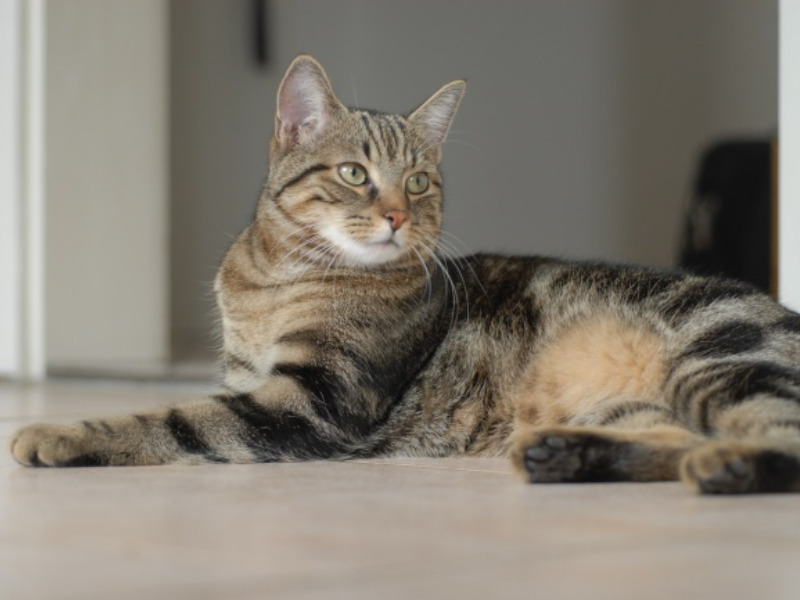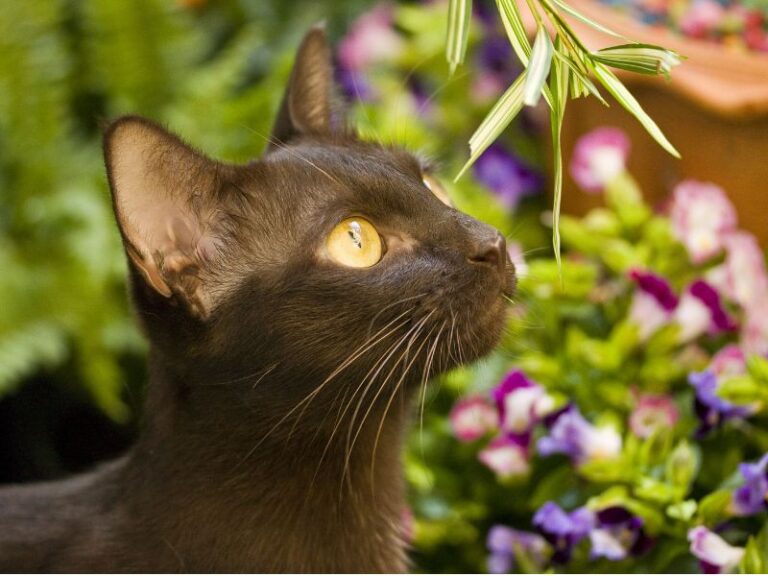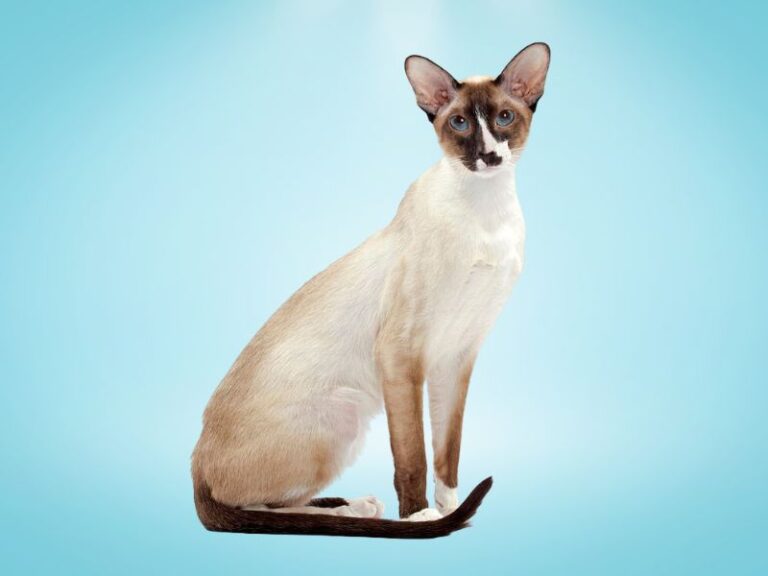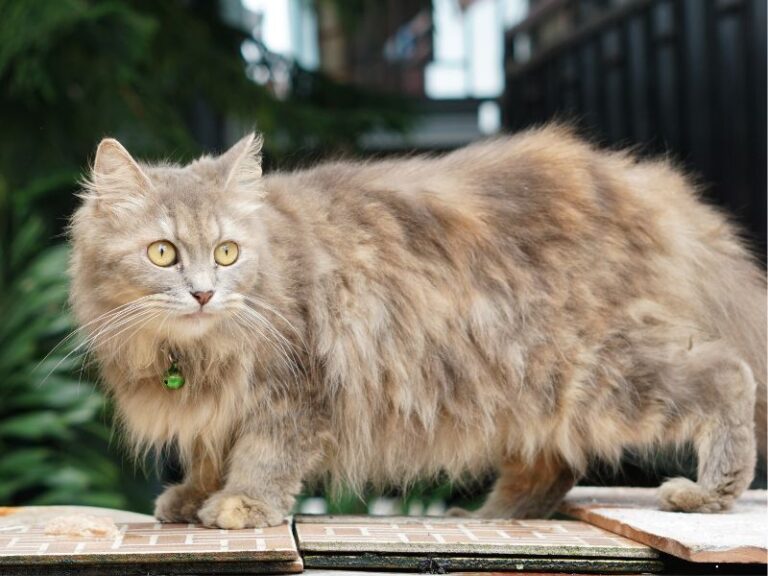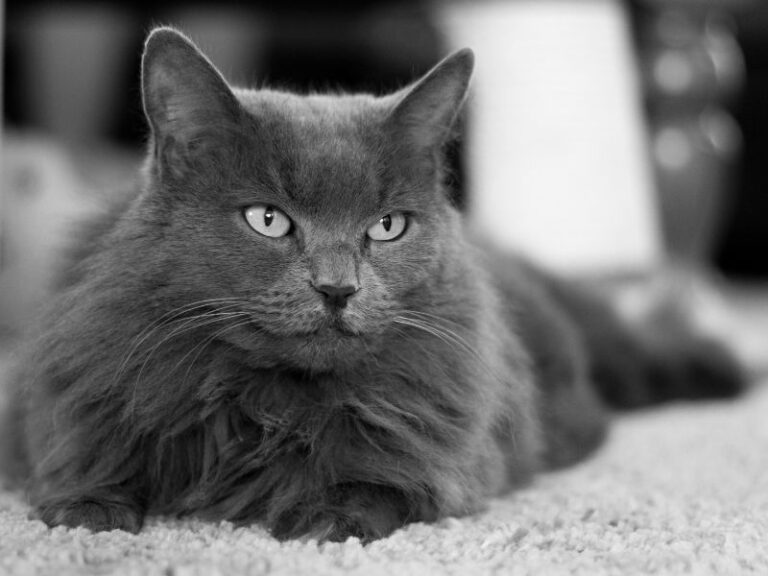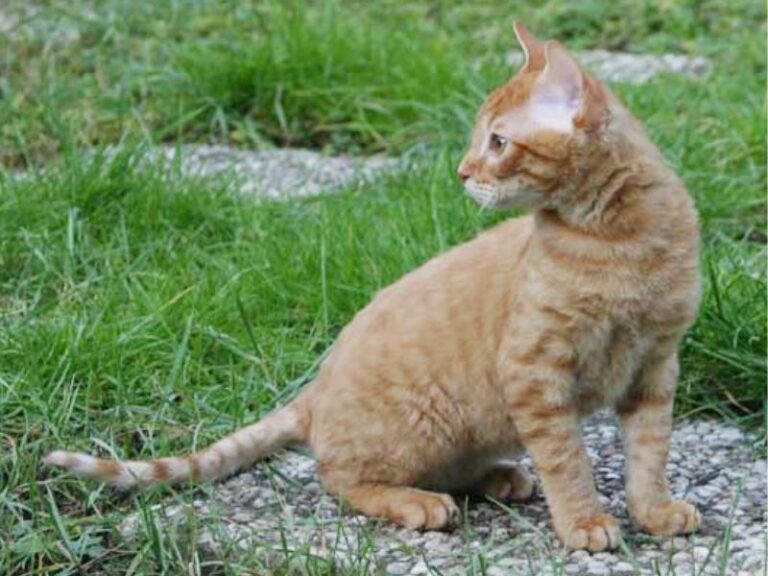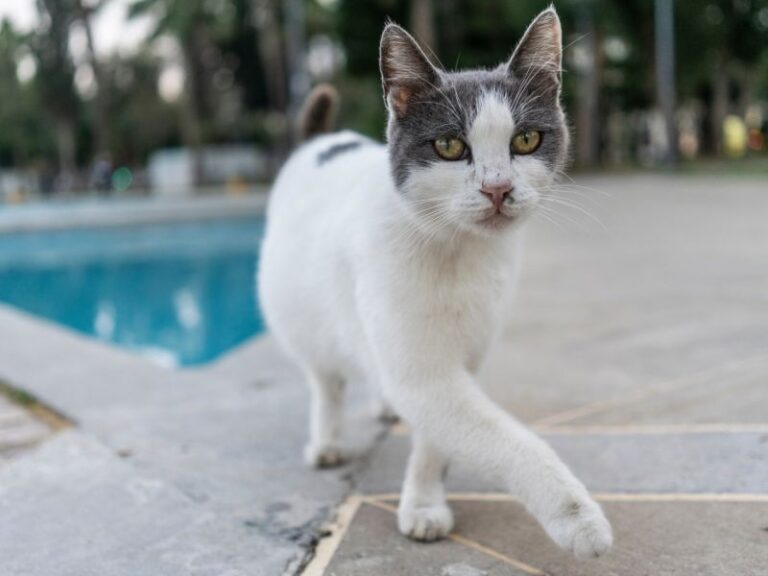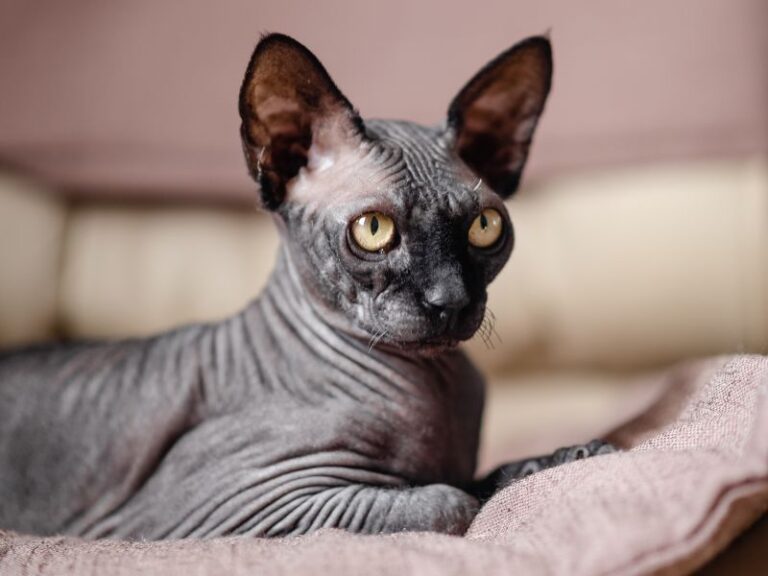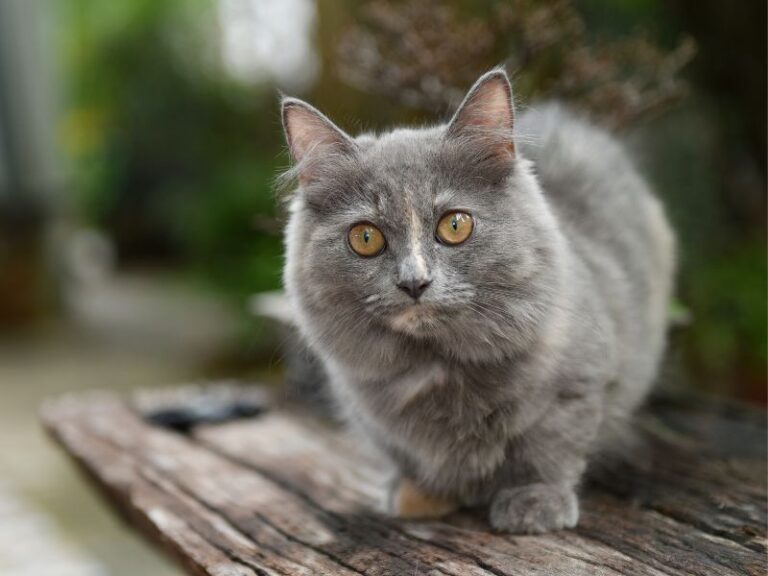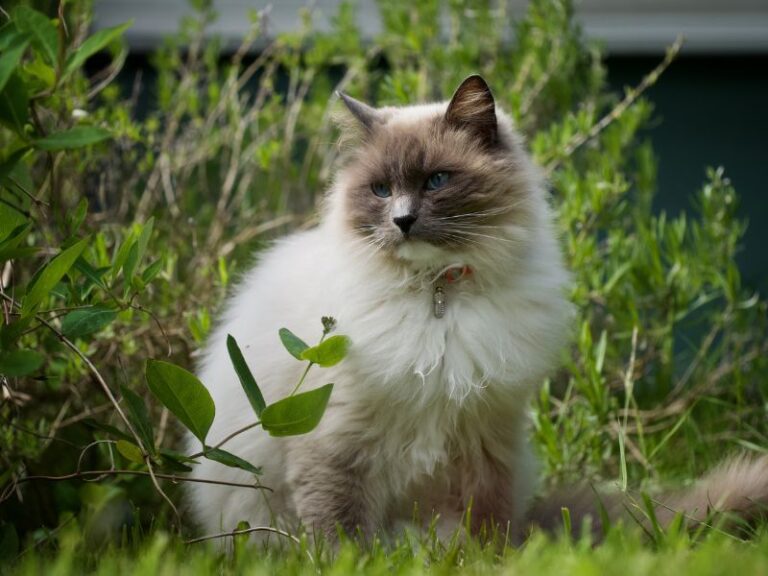Table of Contents
ToggleThe European Shorthair Cat, also known as the European Domestic or simply European Cat, is a delightful and adaptable feline breed that has captured the hearts of cat lovers around the world. With a rich history, distinctive physical characteristics, and a friendly temperament, the European Shorthair Cat has become a beloved companion in many households. In this comprehensive guide, we will delve into the origin, physical traits, lifespan, temperament, and care requirements of this enchanting feline.
European Shorthair Cat Origin
The European Shorthair Cat’s history dates back to ancient times, where it was widely distributed across Europe, playing an essential role in controlling rodent populations in barns, farms, and even urban settings. These cats were highly valued for their exceptional hunting abilities, which endeared them to farmers and merchants alike.
As domestication of cats spread through Europe, these felines interbred with various other cat breeds, leading to a diverse gene pool and contributing to the European Shorthair Cat’s robust health and adaptable nature. The breed’s presence across multiple European countries is a testament to its versatility and ability to thrive in various climates and environments.
European Shorthair Cat Physical Characteristics
The European Shorthair Cat boasts a striking appearance characterized by its medium to large-sized, muscular body. These felines exhibit a wide range of coat colors and patterns, with the classic tabby pattern being a prevalent feature. From the elegant silver tabby to the stunning blue and black variations, their coats come in a delightful array of hues.
Their short, dense fur requires minimal grooming, making them easy to maintain. During the shedding seasons, regular brushing will suffice to keep their coats in excellent condition and reduce the amount of loose hair around your home.
With their expressive almond-shaped eyes, typically in shades of green, gold, or amber, and their distinctive wedge-shaped heads, the European Shorthair Cat exudes an intelligent and captivating allure. Their well-proportioned ears with rounded tips add to their charm, and their strong, medium-length tails provide a perfect balance to their sleek bodies.
European Shorthair Cat Lifespan
On average, the European Shorthair Cat enjoys a relatively long lifespan of 14 to 20 years when provided with proper care and a nurturing environment. Genetics, diet, and lifestyle play essential roles in determining the longevity of these felines. It is crucial to be attentive to their health and make regular visits to the veterinarian for check-ups and vaccinations.
European Shorthair Cat Temperament
The European Shorthair Cat is renowned for its amiable and sociable temperament, making it an ideal family pet. They are known for being affectionate, loving, and playful with their human companions, including children and other pets. These cats form strong bonds with their families and are often found seeking attention and cuddles. Despite their playful nature, they also have an independent streak, which adds to their endearing charm.
Their adaptable and friendly demeanor makes them suitable for both active households and quieter environments. European Shorthair Cats are known for their intelligence and curiosity, often engaging in exploratory activities to satisfy their innate curiosity. They may also enjoy interactive toys that challenge their minds and keep them mentally stimulated.
European Shorthair Cat Care Requirements
Providing proper care for your European Shorthair Cat is essential to ensure its well-being and happiness. Here are some care guidelines to keep in mind:
- Grooming: The European Shorthair Cat’s short coat is relatively low-maintenance, but regular grooming is still essential to remove loose hair and reduce shedding. Brush their fur weekly to keep it smooth and free of tangles. Additionally, check their ears and teeth regularly, and trim their nails as needed.
- Diet and Nutrition: A balanced diet is crucial for maintaining your cat’s overall health. Opt for high-quality cat food that meets their nutritional needs, and ensure a steady supply of fresh water. Avoid feeding them human food, as it may not be suitable for their dietary requirements. Regular feeding times and portion control can also help maintain a healthy weight.
- Healthcare: Regular veterinary check-ups are vital to monitor your cat’s health, administer vaccinations, and address any potential health issues promptly. Your veterinarian can also recommend parasite prevention and dental care to keep your cat in optimal health.
- Exercise and Play: Engage your European Shorthair Cat in interactive play sessions to stimulate their minds and keep them physically active. Providing toys and scratching posts can help prevent boredom and promote healthy behavior. Regular playtime not only strengthens your bond with your feline friend but also prevents obesity and associated health problems.
- Litter Box Maintenance: Keep the litter box clean and easily accessible for your cat. European Shorthair Cats are known for their cleanliness, and a well-maintained litter box will ensure their comfort. Place the litter box in a quiet and private area to provide them with a sense of security while they use it.
Final Words
The European Shorthair Cat is a delightful and adaptable feline companion that brings joy and warmth to any home. With its fascinating history, unique physical characteristics, friendly temperament, and straightforward care requirements, it is no wonder that this breed has become a beloved favorite among cat enthusiasts. If you are seeking a charming and versatile pet that will fill your life with love and happiness, the European Shorthair Cat might be the purrfect choice for you.
By providing these endearing cats with love, attention, and proper care, you can ensure a fulfilling and lasting relationship with your European Shorthair companion. Embrace the joy of welcoming this delightful feline into your home and witness firsthand the beauty and charm of the European Shorthair Cat.
FAQ
Are European Shorthair cats rare?
The European Shorthair is a highly popular cat breed in Europe but remains relatively rare in the rest of the world.
Are European Shorthair cats aggressive?
European Shorthair cats are amiable and love spending time with their families, easily bonding with children of all ages and getting along harmoniously with other pets in the household.
Are European Shorthair Cats intelligent and trainable?
Yes, European Shorthair Cats are highly intelligent and can be trained to some extent. They are quick learners and can respond well to positive reinforcement-based training methods. Teaching them basic commands and tricks can be a fun and rewarding experience for both the cat and its owner.
What kind of toys do European Shorthair Cats enjoy?
European Shorthair Cats are playful and enjoy a variety of toys. Interactive toys, such as wand toys and puzzle feeders, can keep them mentally engaged and physically active. Scratching posts are also popular among these cats, as they help keep their claws healthy and satisfy their natural scratching instincts.

